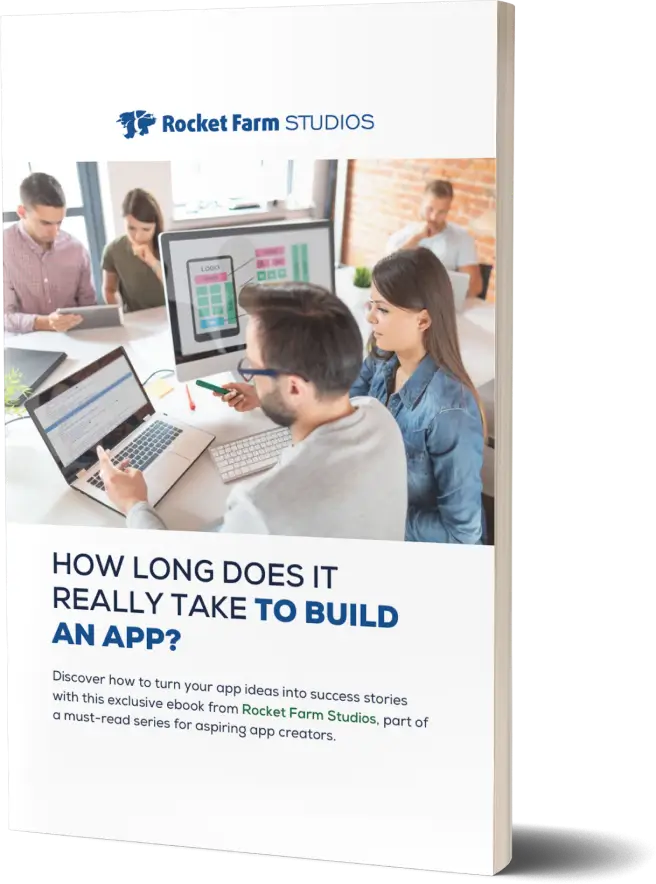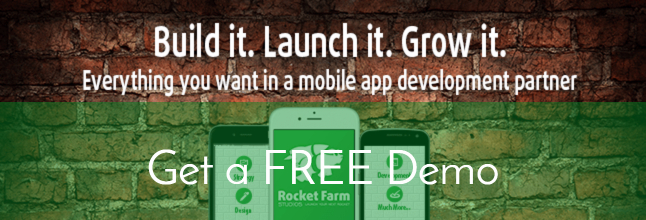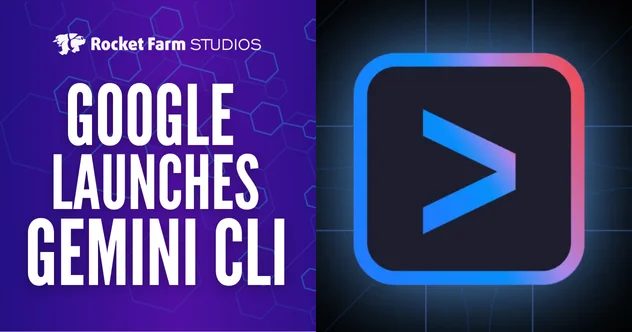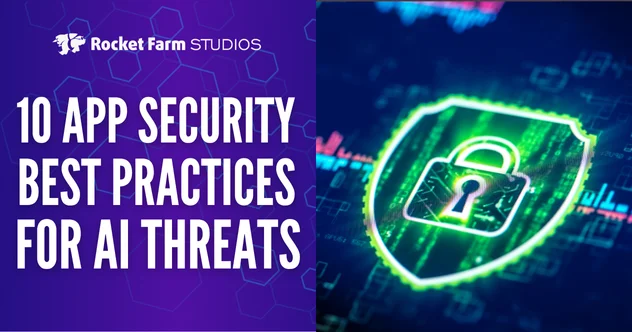Download our E-BOOK
How to Make Superb Mobile Apps: Discovery
April 27, 2019
by Dan Katcher
Along with our recent website redesign (which you definitely should check out), we here at the Farm wanted to share more about how we work. Our openness to our process has always worked in our favor, and has only benefited our business and our relationships with clients. For the next few posts, we’ll be diving into our entire process of how we work to develop the best mobile apps in New England (if not the nation!).
How we define the “Discovery” phase
When we start with a new client, the first step is to dive into Discovery. In approximately two weeks, we meticulously map out the scope of the mobile app or apps being developed. It’s not just creating a plan; that’s a no-brainer. But the main success comes in unearthing the actual opportunity of the end product, both for the client and for the market as a whole.
In essence, the Discovery phase doesn’t just focus on how the app will look and function, but why it would do what it does in the first place. This is important, because this is the first instance where we truly partner with the client in the months long journey. It’s not enough to just get the parameters of what they want and execute; for the success of both parties, we want to hash out everything relevant to the success of the vision/mission and not just the success of the app itself.
For example, when we partnered with Hydrow, there was a bigger goal at play than just a finished app. The real success was to build a truly transformative interface for the end-user, bringing an immersive and interactive rowing experience that went well beyond just a simple video coaching plan. We created the app in context of their cutting-edge machine, and we worked with them every step of the way to build the architecture needed to support real-time events, and all the technological needs that came with such a modern application.
This is why the Discovery phase is comprehensive, as we figure out aspects for the life of the app including:
- The user/buyer personas and behaviors
- What sort of experience those personas are looking for
- The revenue model of the business, as well as this app
- How this app is to be marketed
- Which channels will the app be distributed on
Why we aim for a Minimal Viable Product (MVP)
When some businesses hear that we want to put out an MVP, they often question the motive. “Why should we build just an MVP? We want our app to be amazing, not basic.” But to us, the MVP doesn’t mean basic. The MVP is more of a state of mind.
Consider any art. On one hand, you could work on your screenplay for years, crafting every sentence meticulously until every page in your feature is perfect. But then you’ll most likely never be done, because “perfect” is a) subjective, and b) ephemeral. What was perfect in 2018 is no longer perfect in 2019.
On the other hand, you want to put out something with enough polish and pizzazz that people will actually consume it, as well as make a name for yourself in the space. A broken or unfinished product won’t do that.
To us, the MVP is the version of the app that fulfills both aspects. We want to be quick, because getting to market fast is often the key to success; especially with a unique idea. And we want to release a mobile app with enough features so we can test our product theories… but no more. Yes, there has to be a core to the app that will establish a regular routine with the user; it has to be reasonably complete so the user enjoys it and returns over and over. But we don’t want to spend time adding features that factor in less than 20% of the use cases.
The MVP is a great finished app, don’t get us wrong. But it only has the core features necessary at the moment because we can always iterate once there’s uptake on the app. And we always keep in mind that the MVP is in the eye of the beholder (aka the client), and we’ll work with them to make sure that it is only released when they are happy to do so.
Why our Discovery is different than the client’s Discovery
It’s inevitable that some clients will come in with a binder full of ideas, design concepts, UI/UX wants, etc. And that’s great! But that doesn’t change how we approach the Discovery phase.
There’s a difference between doing your own taxes and hiring a tax-prep accountant; someone who lives and breathes the industry will simply have a lot more knowledge to get you better results. These clients may have thought a lot about the app itself, but what about marketing? Operations? What about using React Native vs React? If that’s Greek to you, that’s fine; that’s what we’re here for.
Again, our Discovery goes beyond the black mirror in your pocket and encompasses the entire ecosystem of the mobile app, from back end to user facing. We love it when the client comes prepared to this phase, but it’s important to be flexible. The Farm has a ton of expertise in our 10+ year history with apps, and we aim to share that all with each and every business we partner with.
Coming up next, how we engage with the Design step in the app development process.
Related Blog & Posts
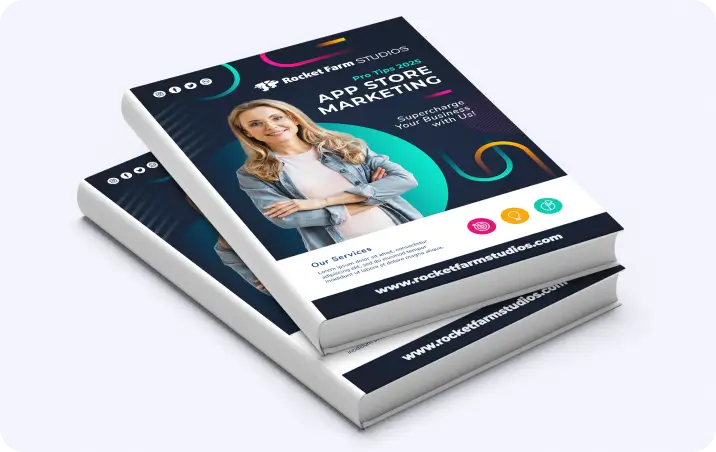
How to Increase conversion in 2025
With over 25 years in technology and product development, Dan leads Rocket Farm Studios with a commitment to innovation and growth.
Ready to turn your app idea into a market leader? Partner with Rocket Farm Studios and start your journey from MVP to lasting impact.”
Teams for App Development
We help companies build their
mobile app faster with go to market strategy
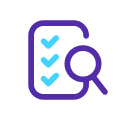
Technology and UX Audits

Early Design Sprints

MVP Creation

App Store
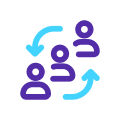
Growth Teams
Download Our Free E-Book
Whether you’re launching a new venture or scaling an established product, Rocket Farm Studios is here to turn your vision into reality. Let’s create something extraordinary together. Contact us to learn how we can help you achieve your goals.
